90 Years of Bentley 8 Litre
Walter Owen Bentley wasn’t only the founder of the luxury car brand known to this day, he was also actively involved in the development of every new model in the early days. From 1919 the first cars rolled off the production line in the Cricklewood district of London. However, the first model, the 3 Litre, didn’t earn enough money to keep the company running. Therefore in 1926 the rich gentleman racer Woolf Barnato joined Bentley financially. He thus became the new managing director and invested further large sums in automobile production in the following years. W.O. Bentley remained in his company as chief developer. Nevertheless, the company continued to be in the red. Barnato was no longer able to absorb the losses with his own funds and so the main creditor, the London Life Assurance Company, sought a buyer for the company in 1931 and finally found one in Rolls-Royce. By the time of sale Bentley Motors Ltd. had delivered a total of 3,051 chassis and fully assembled vehicles from four different model series.
The final vehicle, which was developed under W.O. Bentley up to series production was the 8 Litre. This model follows the clear credo of the company’s founder, according to which cubic capacity is irreplaceable by nothing but more cubic capacity. This was the motto when the Bentley Boys under Woolf Barnato had experimented with forced induction of engines by means of supercharging, which had led to the Bentley Blower. W.O. never liked this model. Instead he worked on a new six-cylinder engine with twin ignition and a capacity of an enormous 7,983 cubic centimeters – rounded up to eight liters. In contrast to the previous model series the Bentley 8 Litre was deliberately intended to be offered exclusively as a luxurious touring car and not to compete on the race track. “I have always wanted to produce a dead silent 100-mph car, and now I think we have done it”, he said at the presentation. Via a dry single-disc clutch and a manual four-speed gearbox, the engine output of around 220 hp was transferred to the rear wheels. Even the luxurious sedans on long wheelbase chassis (3,963.4 millimeters) easily reached a topspeed of more than 160 kph (99 mph). Lighter vehicles with a short wheelbase (3,658.6 millimeters) accelerated up to 200 kph (124 mph).
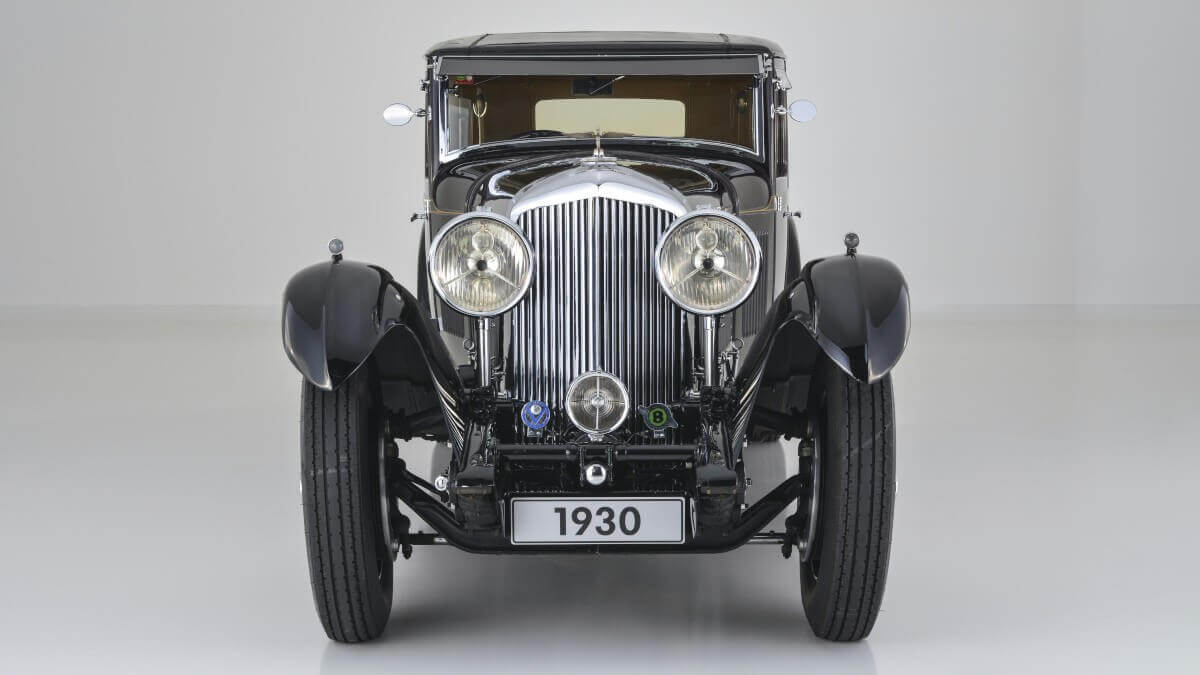



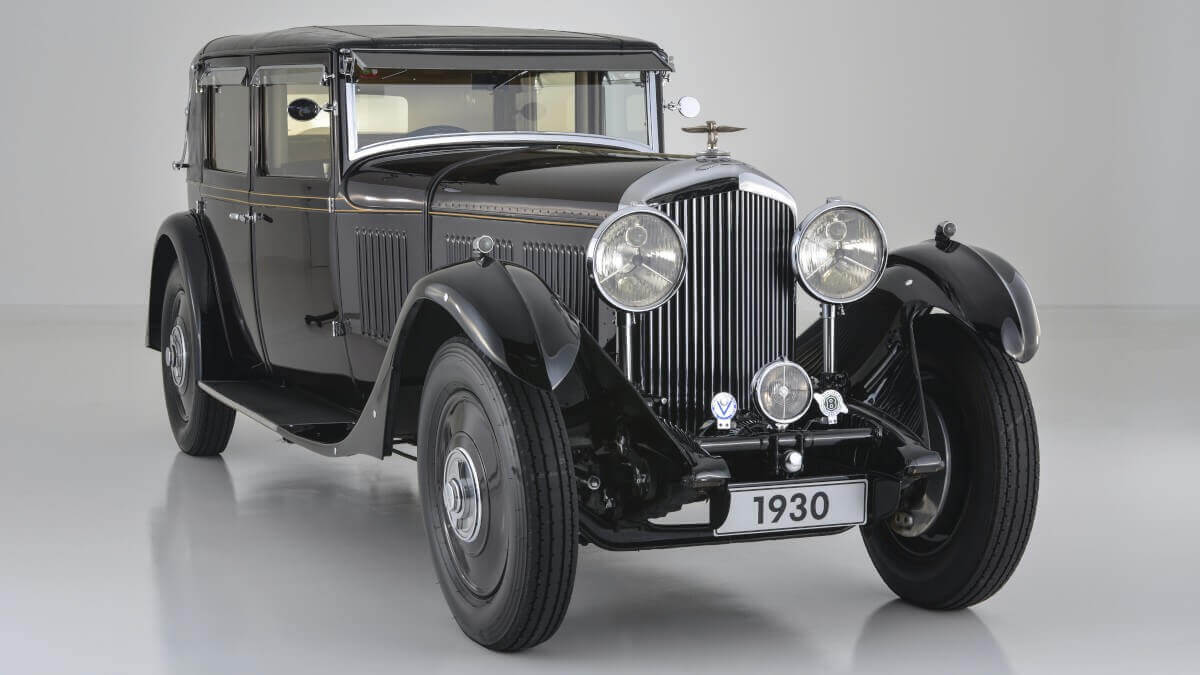











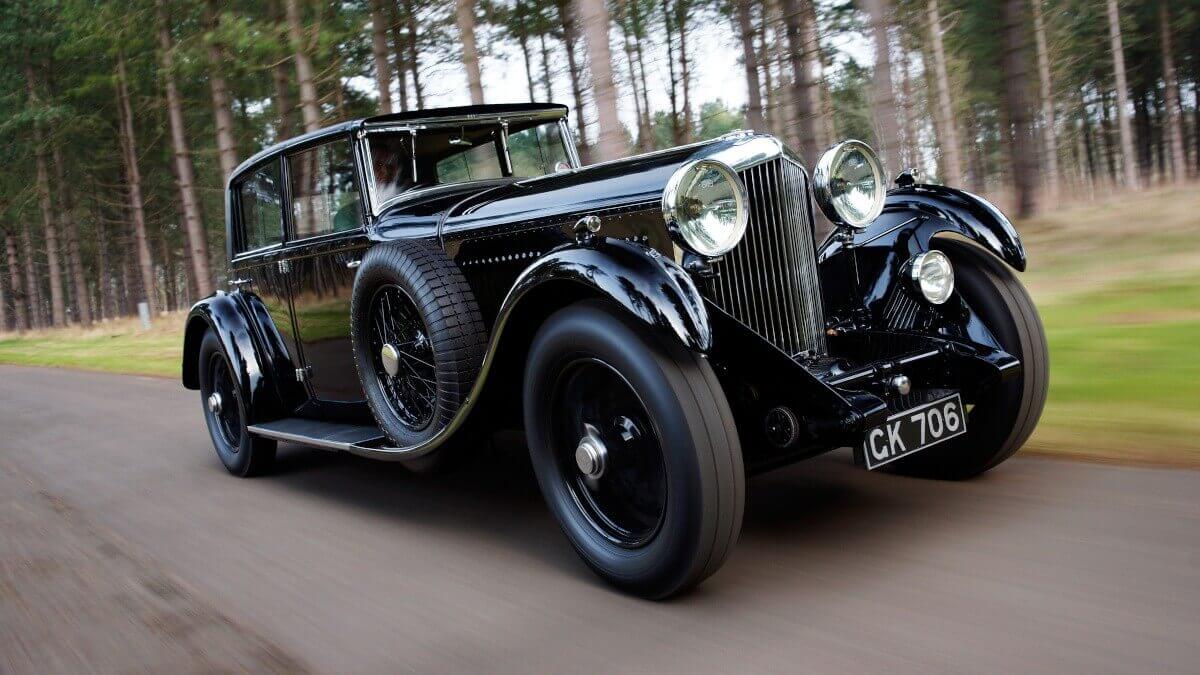















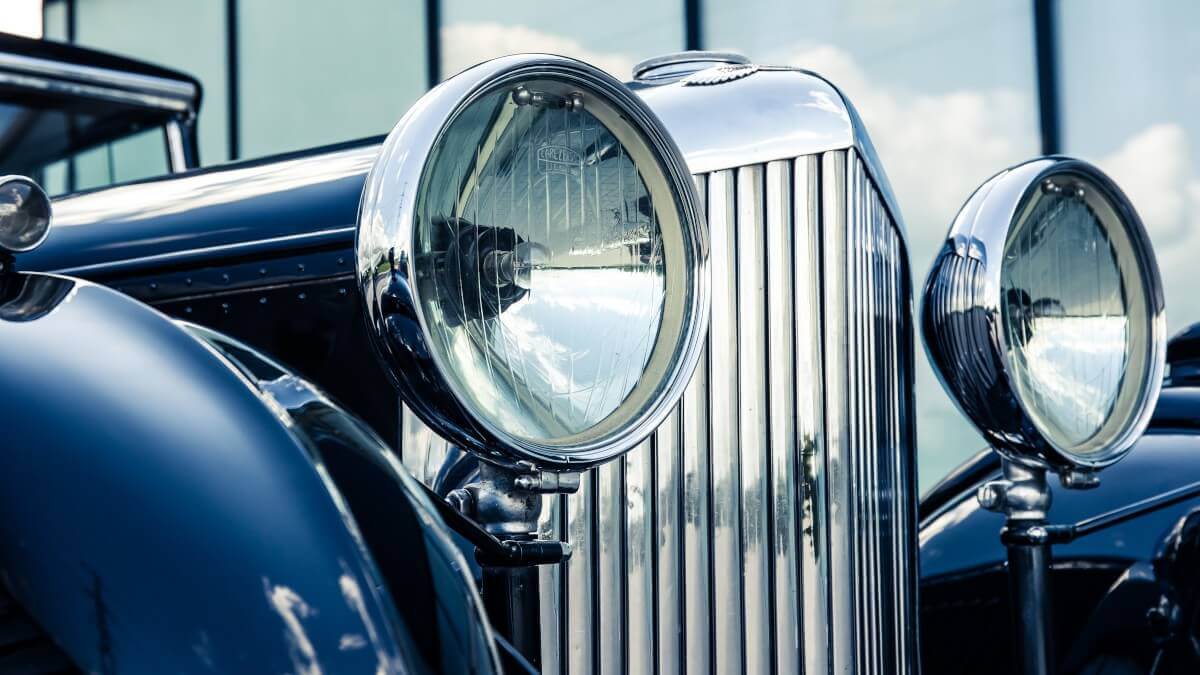



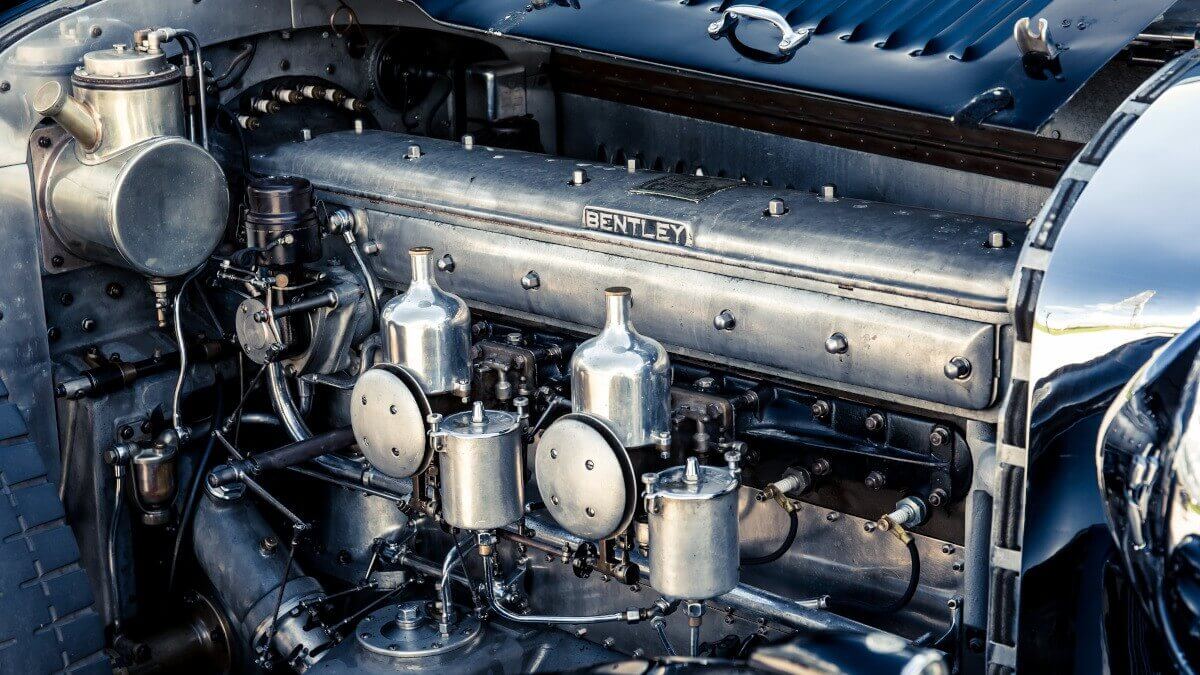







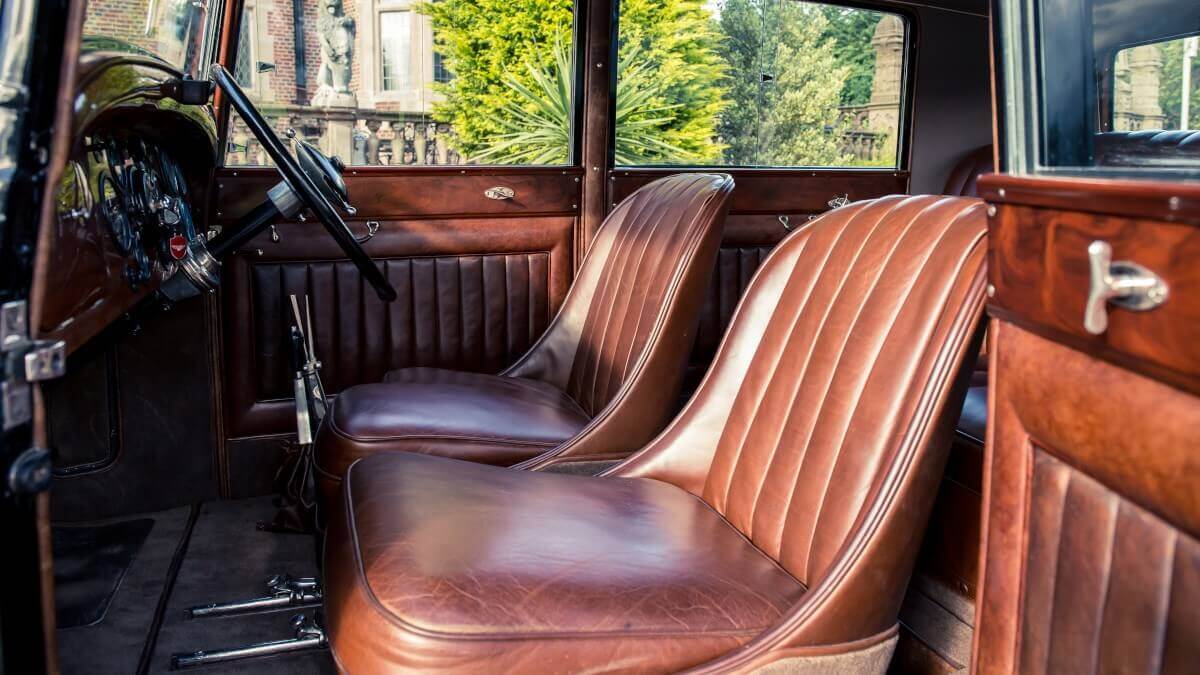



















The first examples of the Bentley 8 Litre rolled off the production line in 1930, with a total of 150 vehicles originally planned. For this purpose the company manufactured and stocked the necessary components. However Woolf Barnato decided to divert 50 chassis for the production of the 4 Litre. In the end exactly 100 Bentley 8 Litre were produced (5 in 1930, 62 in 1931 and 33 in 1932). Of these 35 cars had the short wheelbase and 65 the long wheelbase. The sales figures were kept within narrow limits, also due to the great depression of that time. Around 25 8 Litre were fitted with open bodywork, while the others were equipped with representative travel coupé or sedan bodies. In the post-war years many 8 Litre were rebodied with replicas of open tourer bodies, making original sedans now sought-after collector’s items. Both Bentley and the ZeitHaus in the AutoStadt of the Volkswagen Group in Wolfsburg/Germany own corresponding cars, which can also be seen in our picture gallery.
The vehicle from the Bentley collection is the second 8 Litre ever built and served W.O. Bentley as official company car. It received a sedan body from H.J. Mulliner and is based on a ladder frame with a short wheelbase. Until today it is registered to the original license plate GK706 in the UK. In 1931 Bentley had to sell his favourite car. Only 75 years later the British luxury brand was able to buy the car back and undergo a small restoration. In the course of this process the original crankshaft was replaced by an original spare part, which had survived the time in dry storage. From the removed part some slices were cut off and used as inlays in the limited Bentley Mulsanne W.O. Bentley Edition.
Images: Bentley, AutoStadt




